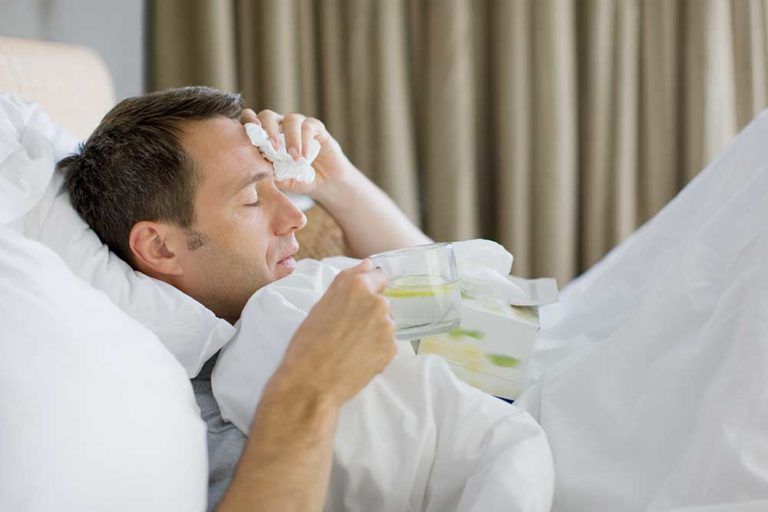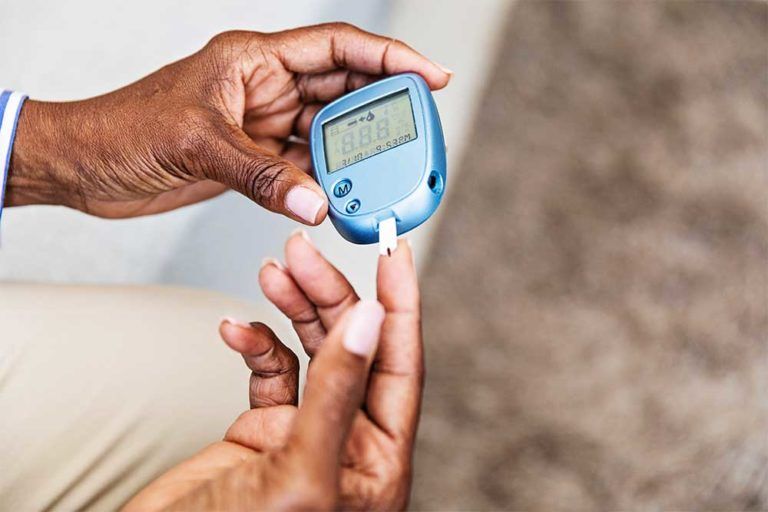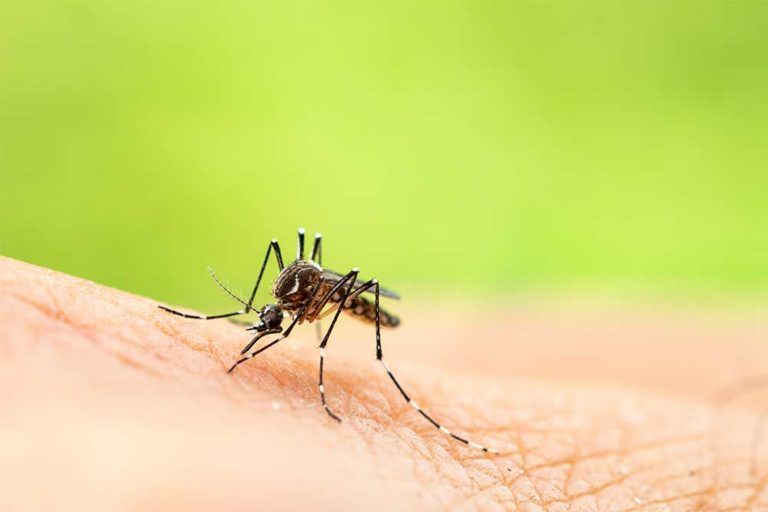Migraines and cluster headaches hurt, so much so that if you have one you will probably have to cancel all other plans until the headache subsides again.
- The pain of a migraine demands time and attention, sometimes for a long time. Although the average is four hours to 72 hours, there are people who have migraines that last even longer. Those who suffer with chronic migraines (defined as eight headaches a month or more) sometimes get more than 15 headaches every month. As a result, it becomes hard to work or socialize with family or friends. Migraines can also pose a serious health risk. A person who experiences a migraine that lasts for more than three or four days, for example, has an increased risk for a stroke.
- The pain from cluster headaches is as serious as the pain from a migraine. In fact, those who get them say they cause excruciating pain, and some people call them suicide headaches because they are so severe. It can feel as though someone has taken a drill or a hot poker and applied it to your eye. Duration varies between about 15 minutes and three hours, but as the name suggests, they come in clusters. A person might experience as many as eight in a single day, or might be forced to deal with them for several weeks.
Risk Factors
Migraines can start in childhood. If they do, equal numbers of boys and girls are likely to get them up until puberty. At that point, approximately 75 percent of the people who get migraines are women. Migraines are most frequent, and most intense, between the ages of 20 and 60. Some people don’t have migraines anymore after they have turned 60.
Of those who suffer from migraines, some 20 percent will experience a classic migraine where they experience visual warning signs an hour or less before the migraine hits full-force. The visual warning signs might consist of seeing dots, wavy lines, or blurriness. Twenty-five percent, approximately, experience what is called a prodromal phase for as much as a day in advance of the migraine. This can involve mood changes, odd smells and tastes, and feelings of tension or fatigue.
There’s a genetic component to migraines. If you have relatives who suffer from migraines, it’s more likely that you will have them as well. Migraines are also associated with people who suffer from the following:
• Anxiety
• Asthma
• Depression
• Epilepsy
• Neurologic and genetic disorders
• Stroke
Men are two to four times more likely to have cluster headaches than women. Even so, only one person in a thousand is likely to experience them. Adults are more likely to have cluster headaches than children, but it’s not impossible for a child who is as young as 6 years old to have them.
Classifying Headaches
How can you tell what kind of headache you have? The following table can help.
Information | |||
| Warning Signs | None | Optical migraines and common migraines can strike without advance signs. For classic migraines, people experience the following: Feeling tired and irritable, or feeling energetic. Mood swings. Flashes of light. Zigzag, wavy vision. Numbness or tingling in the face, hands, or feet. Extreme thirst. | Either no warning signs of warning signs that resemble the warning for a classic migraine. |
| Time of Day | Usually during the day | Anytime | Usually at night or during naps, The pain can wake you up from a sound sleep. |
| Amount of Pain | Mild or Moderate | Moderate or severe. Optical migraines affect vision but don’t cause pain. | Severe |
| Pain Location | All over head | Usually on one side of the head. | Cluster headaches always occur on one side. The specific location is usually in or around the eye, but pain can radiate to the face, the forehead, the jaw, the teeth, the entire head, neck and the shoulders. |
| Other Symptoms | None | Nausea. Vomiting. Sensitivity to light and noise. Visual disturbances. | The affected eye might become droopy, red and watery. The nose might be stuff or runny. The face might be flushed or sweaty on one side. |
A child with a migraine will probably have different symptoms than an adult with a migraine. Symptoms can include the following:
- Stomach pains
- Vomiting
- Benign paroxysmal vertigo
What is paroxysmal vertigo? Behavior changes, the child’s balance will be unsteady, eyes will move involuntarily, and there can be vomiting.
People with migraines or cluster headaches should see a physician. Problems such as brain tumors, bleeding in the brain, or other contributing factors might be at fault. A physician can rule these problems out by ordering an MRI or CT scan.
If you have a history of migraines, but you develop other symptoms such as confusion, fever, paralysis, or a stiff neck, go see a physician as soon as possible.
People with cluster headaches should see an ophthalmologist to rule out an eye problem.
Preventive Measures
People whose sleep is interrupted and who have irregular schedules are more likely to have migraines. So are people who binge on food or who go too long between meals. That’s why it is important for someone who is susceptible to migraines to have a regular daily pattern of eating, sleeping, and drinking fluids such as water.
That doesn’t mean you can avoid migraines completely. However, as soon as you realize you might be headed toward one, begin treatment. You might be able to prevent it, and if you don’t prevent it, you might be able to make it less severe. Home remedies include the following:
- Drink water.
- If you have over-the-counter or prescription medicine, take it.
- Move to a dark, quiet room.
- Put a cold compress on your temples.
- Meditate. The important part of the meditation is relaxing and breathing deeply.
- Have someone give you a massage to release tension in the face, neck, or jaw.
Headache Triggers
The best way to identify triggers is to keep a journal where you track possible culprits. This history will help your physician diagnose the problem. It will also help establish how much time you are spending dealing with migraines instead of working or socializing.
Eating or drinking specific foods might trigger a migraine headache. The only way to determine if they trigger migraines for you is to be aware of whether you get a migraine after eating or drinking any of the following:
- Aged cheese.
- Alcoholic beverages, especially red wine.
- Any food with MSG.
- Any meats with nitrates, such as bologna, hot dogs, pepperoni, sausages, and other preserved meats.
- Aspartame.
- Caffeine, especially in large amounts.
- Chinese foods.
- Chocolate and cocoa products.
- Marinated or preserved foods such as pickles or olives.
- Soy sauce.
Small amounts of caffeine (especially when combined with some medications) might be helpful as a treatment for migraines, but if someone becomes dependent on caffeine, that strategy can backfire because people who are used to having a lot of caffeine in their bodies get headaches when the level of caffeine drops.
Why are foods like aged cheese and anything involving fermentation a problem? They contain an amino acid called tyrosine. Tyrosine produces tyramine, and tyramine might cause migraines by constricting and expanding blood vessels.
Flashing lights can also cause migraines. Fluorescent lights, a television screen, or sunlight reflecting off waves can all act as triggers.
Someone who is enduring a cycle of cluster headaches should avoid drinking alcohol, because that can trigger them. Other triggers include nitroglycerin and histamines.
Headache Remedies
Physicians don’t have a complete understanding of what causes cluster headaches or migraines. That can make treatment difficult.
- Researchers don’t know what the trigger is for migraines, but they think migraines might be caused by a combination of blood vessel permeation and brain chemical interactions. Some women’s migraines are linked to their menstrual cycles.
- For those who have cluster headaches, most people find that they don’t experience cycles as frequently over time, but the decrease in frequency is a gradual one. It’s also possible for someone who suffers from cluster headaches to go into remission.
To treat migraines:
- Use over-the-counter (OTC) remedies sparingly. They can cause gastrointestinal problems such as toxicity or ulcers if you overuse them. They can also cause your migraines to become worse. The most popular OTC remedies are acetaminophen, aspirin, ibuprofen, and naproxen sodium.
- Your physician might prescribe triptans, ergotamines, or narcotics to help you deal with your migraines. However, these have side effects, might be ruled out because of other health problems or medications, are addictive, and might not work. Your physician might also prescribe drugs that were actually developed to prevent seizures or reduce hypertension.
- Healthier options for migraine treatment include acupuncture and biofeedback techniques to bring down stress and release muscle tension.
To treat cluster headaches:
- Oxygen can provide short-term relief.
- If you don’t have cardiac diseases or hypertension, it might also be possible to get relief from an injection of sumatriptan. (Sumatriptan can also be administered orally or nasally, but an injection is the most effective form.)
- An alternative to sumatriptan is dihydroergotamine through an IV. If you have tried sumatriptan and want to try dihydroergotamime as well, you have to wait 24 hours first.
- Another possibility is lidocaine, but it has to be administered by a medical professional who understands how to apply it correctly if you want it to be effective.
- Some physicians have been able to shorten the cycle by using steroids on a short-term, infrequent basis.
- Lithium, melatonin, topiramate, valproic acid, and verapamil have also been used to make cluster cycles less severe and less frequent.
- Some physicians have used radiofrequency lesioning on the trigeminal ganglion, but the potential side effects are severe and can also result in nerve loss. Alternatively, physicians have used gamma knife lesioning and deep-brain stimulation. The hope is to have less permanent nerve damage as a result.























